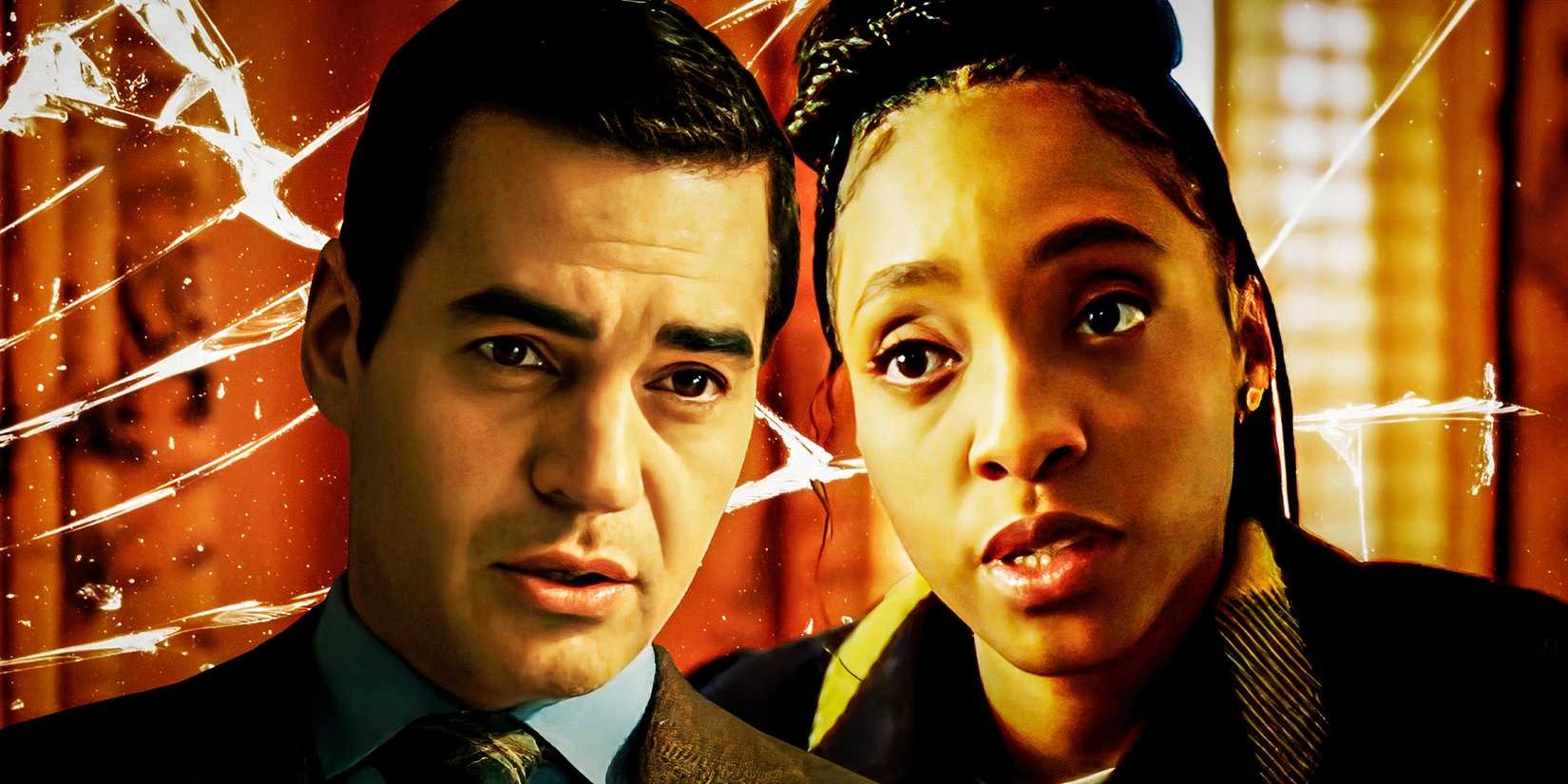
The ABC adaptation of Will Trent has interesting audiences with its irresistible storytelling and interesting characters, but the show’s stories and characters have arguably come at the expense of several elements from the original books by Karin Slaughter. Blending procedural crime drama with personal backstories, Will Trent, which has been greenlit for season 4, introduces viewers to an emotionally layered and deeply flawed cast. Yet for longtime fans of Slaughter’s best-selling series, some of the character portrayals may come as a surprise.
The differences between the book and TV versions go beyond casting choices—they reflect changes in tone, character depth, and narrative focus. Whether it’s Will Trent’s physical appearance, Angie Polaski’s reimagined role, or the absence of key figures like Sara Linton, the Will Trent TV adaptation takes creative freedom to reshape the story for television. Here are ten significant ways the characters differ between the books and the television series.
Will Trent’s Physical Appearance
In Karin’s novels, Will is depicted as a tall, blond, blue-eyed man with significant facial scarring, embodying a physically imposing presence. This description contrasts with the television portrayal of Wil Trent by Ramón Rodríguez, with the Latino actor bringing a different physicality to the role. Ramón’s Will is shorter, with dark hair and a more compact build, offering a fresh visual interpretation of the character.
Despite these physical differences, Ramón captures the essence of Will’s character—his social awkwardness, emotional depth, and relentless pursuit of justice. The actor’s performance emphasizes Will’s internal struggles, including his experiences with dyslexia and his complex past. This nuanced portrayal allows viewers to connect with Will on a deeper level, even if his appearance diverges from the original literary description.
Faith Mitchell’s Background
In the book series, Faith Mitchell is introduced as a white detective navigating her role within the Georgia Bureau of Investigation (GBI) in Will Trent. The television adaptation reimagines Faith as a Black woman, portrayed by Iantha Richardson, adding cultural and social context layers to her character. This change enriches the narrative by reflecting the diversity of Atlanta, where the story is set.
The series also delves into Faith’s personal life, highlighting her experiences as a single mother balancing her demanding career with parenting responsibilities. Her evolving partnership with Will is shown with depth, embracing mutual respect and camaraderie. These additions provide a more comprehensive understanding of Faith’s character, making her a relatable and multidimensional figure in the series.
Amanda Wagner’s Evolution
Amanda Wagner, Will’s boss, is depicted in the books as stern and formidable, commanding respect within the GBI. The television series retains her authoritative presence but adds intricacy by exploring her backstory as a Black woman who overcame significant challenges in the 1980s to ascend the ranks. This context provides insight into Amanda’s resilience and leadership style.
Her relationship with Will is also more subtle in the series, evolving from a strictly professional dynamic to one that includes mentorship and maternal care. This shift adds a touching depth to both characters, highlighting Amanda’s protective instincts and Will’s need for guidance. Will and Angie’s interactions offer a compelling exploration of trust and support within a high-stakes work environment.

Michael Ormewood’s Character Shift
In Karin’s novels, Michael Ormewood is depicted as a deeply flawed and corrupt officer whose actions include violence and even murder. His character serves as an antagonist, embodying the darker aspects of law enforcement. This portrayal establishes him as a cautionary figure within the narrative.
The Will Trent TV show softens Michael Ormewood’s character arc, presenting him as a complex individual with both strengths and weaknesses. While he exhibits questionable behavior, such as roughing up suspicions and personal indiscretions, he is generally characterized as a competent detective. This depiction allows for character development and the possibility of redemption, offering a more layered interpretation of Michael.
Angie Polaski’s Transformation
Angie Polaski’s character undergoes significant changes in Will Trent compared to the books. In the novels, she is portrayed as emotionally abusive and detrimental to Will, often exacerbating his personal struggles. Their relationship is marked by dysfunction and turmoil.
The series reimagines Angie as a more sympathetic and multifaceted character, delving into her past traumas and ongoing battle with addiction. Her intricate with Will is explored more deeply, underscoring moments of vulnerability relationship and genuine connection. This characterization invites viewers to empathize with Angie, recognizing her as a survivor saving for redemption.
Sara Linton’s Absence
Sara Linton, a pivotal character in the book series and Will’s long-term romantic partner, is notably absent from the television adaptation. Sara’s role as a medical examiner and her relationship with Will in the novels provide significant emotional and narrative depth. Her absence in the series marks a deviation from the source material.
The show’s creators have acknowledged Sara’s importance and indicated plans to introduce her in future seasons. This decision allows the series to focus initially on Will’s existing relationships, particularly with Angie, setting the stage for future developments. Fans of the books can anticipate Sara’s eventual arrival, which promises to add new dimensions to the storyline.
Will’s Tone And Content
Karin’s novels are celebrated for their gritty realism, unflinching depictions of violence, and complex moral landscapes. These elements contribute to the intense and often harrowing atmosphere of the books. The television adaptation, airing on network television, necessitates a different approach.
To accommodate a broader audience, the series adopts a lighter tone, incorporating moments of humor and reducing graphic content. This shift allows for character-driven storytelling while maintaining the core themes of crime and justice. The adaptation balances the need for accessibility with the desire to honor the essence of the original material.
Will And Faith’s Partnership
In the books, Will and Faith’s partnership begins with tension and mistrust, especially as Faith grapples with personal losses and her mother’s legacy in law enforcement. Their relationship gradually deepens as they solve cases together, revealing shared values and mutual respect. This slow build emphasizes their growth as partners who come to rely on each other both professionally and emotionally.

